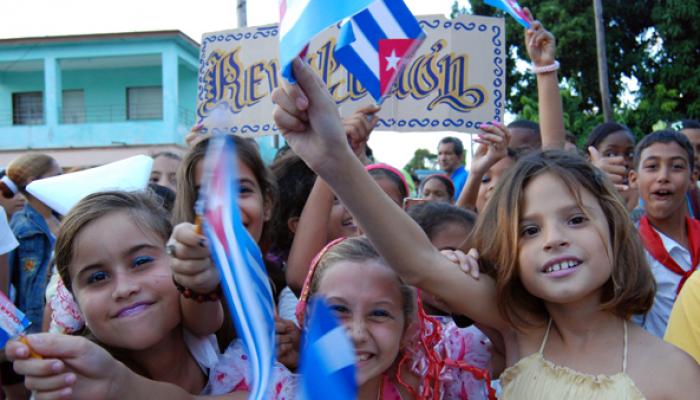New York, Feb 8 (RHC)-- Juan Miguel Gonzalez Peña, First Secretary of the Permanent Mission of Cuba to the United Nations, said: "Despite the economic, commercial and financial blockade imposed by the United States on my country, Cuba continues to make progress in the implementation of the 2030 Agenda and the SDGs, where children and young people have a crucial role."
Speaking at the first regular session of the UNICEF Executive Board, the Cuban diplomat pointed out that one of the main achievements of the island in the social sphere was having reached, at the end of 2017, the lowest infant mortality rate in its history -- 4.0 per 1,000 live births.
The head of Cuba's Mission to the United Nations also said that 99.5% of more than 855,000 children from childbirth to 6 years old attend an early childhood education program or institution, which has been highlighted by the regional representation of UNICEF for Latin America and the Caribbean.
He also stressed that this result is in keeping with the humanistic and social justice essence of the Cuban system and it is the product of the daily efforts of health professionals and of the commitment and political will of the Cuban Government to guarantee the right to free health care to all its population, without discrimination.
González Peña took the opportunity to congratulate Ms. Henrietta H. Fore on her appointment as UNICEF Executive Director. He reiterated the island's commitment to the organization and its willingness to work jointly for the well-being of girls and boys.
Despite the Blockade, Cuba Makes Progress in Implementation of Sustainable Development Agenda

Matérias relacionadas
Comentários
Deixe um comentário
Todos os campos são requeridosMais vistas
- Seminário internacional sobre migração e direitos humanos na Venezuela
- Ministro das Relações Exteriores denuncia políticos anti-cubanos como principais responsáveis pelas deportações em massa
- Jovens cubanos participam do Festival Internacional de Cinema Comunitário Itinerante
- Nenhum Estado pode incentivar o uso de medidas econômicas coercitivas
- Cuba denuncia dupla moral dos congressistas da Flórida

